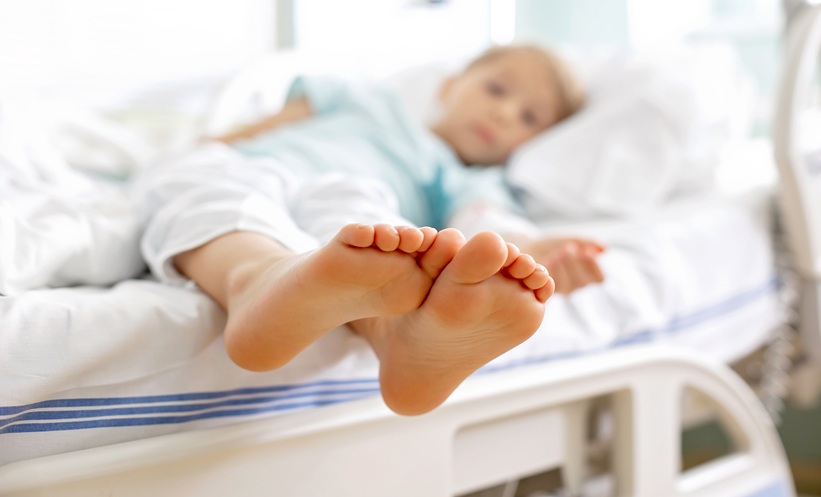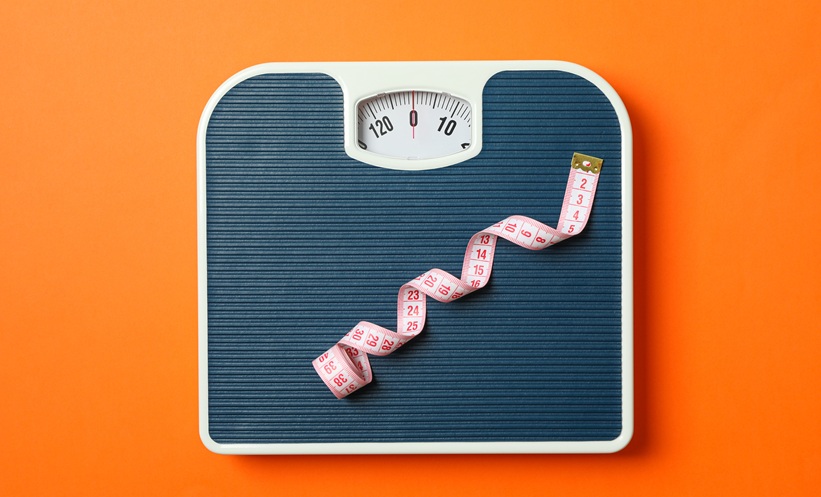Russell Winwood
[email protected]
When you read the words “Living well with chronic obstructive pulmonary disease,” the first thought that may spring to mind is “You have to be kidding!” How can this phrase be used with a progressive disease that impacts overall health and quality of life so significantly?
Much of the focus is placed on treatment, prevention, and early detection. Technology is currently being developed to help patients and healthcare professionals to better monitor health. I am no healthcare professional nor have I had any formal training in the respiratory field. I am a patient with severe chronic obstructive pulmonary disease (COPD) and I have a system that works. Not only does this system work for me, there is enough scientific evidence to suggest that it could work for many patients. I call it ‘The Four Pillars of COPD Management’.
Knowledge
As patients, if we are truly serious about improving our quality of life while living with COPD then we need to learn as much as we can about our disease. I like to personalise this disease and often call it ‘my COPD’. COPD can vary greatly from patient to patient, so it is up to us to own our disease and discover what implementations will work best for our circumstances. Today, we are flooded with information about respiratory disease; some is good, some not so good.
Identifying what is real and what is not can be tricky and requires consideration from an expert. Patients should engage with their respiratory specialist and press them for any information that they feel needs to be clarified. Personally, I have a list of questions for my respiratory specialist every time I see him and if there is something I need to ask between visits, I know I can contact his clinic for advice.
Medication
There is no doubt that before we can try to improve our quality of life, we need to stabilise our COPD. This is where medication is so crucial. It can take time for patients to work out a routine to ensure they take their medication on time, as prescribed, and using the correct technique so they get the maximum dose. The type of medication and the delivery system is very important for the patient to be aware of.
I take my medication morning and night before I brush my teeth. I keep my medication with my toothpaste as an added measure to ensure I do not forget to take it. By timing it this way, I know I will be rinsing my mouth out thoroughly. Once a patient’s disease reaches a stable plateau and they become comfortable with their tailored medication routine, they can move towards improving their quality of life.
Nutrition
Many patients I talk to tell me nutrition is something rarely discussed with their healthcare professional, if at all. When I first started on my COPD journey, I believed exercise was the number one priority for improving my quality of life. While I still believe it is crucial, there are more important steps needing to be established before patients can take on regular exercise.
Good nutrition allows a patient to have meaningful and productive exercise sessions. Without trying to advocate any particular eating plan, my experience is that the elimination of inflammatory foods is very important within an overall eating strategy. Carbohydrates and refined or processed foods have a significant impact on our respiratory system as these foods are highly inflammatory. In the last 10 months, I have significantly cut the amounts of these foods from my diet with fantastic results. While I am still breathless every day, I am breathing more easily compared with days prior to this.
This was very apparent when competing in my last marathon as my time improved by over 30 minutes compared to that of my New York marathon run. Both courses had their challenges. I used the same training programme but my eating plan was very different. Changing the types of foods I consumed allowed me to drop 10 kg in weight, 7 kg of which was visceral fat.
Recently I carried out a crude experiment on a treadmill. My current weight is 65 kg and I walked 1 km at 6 kph. I then placed a 10 kg weight in a backpack, representing the weight I had lost. I then proceeded to walk another 1 km at 6 kph. The result was that I became far more breathless and started to desaturate at the 2 km mark. This was to be expected, as I am obviously making my body/respiratory system work harder. Imagine how many respiratory disease patients in the respiratory could benefit from losing weight. I must admit, I was surprised at how much harder it was to carry the extra weight.
Exercise
For those of you who have followed my journey via my website COPD Athlete, you already know that I am an exercise fanatic. Marathons, Ironman, and other endurance events are my passion and while they have certainly improved my health, the average patient does not have to go to these lengths to improve theirs. Pulmonary rehabilitation is the perfect starting point for all COPD patients wanting to be active, particularly those who are not the athletic type.
Learning about the types of exercise that are beneficial to a patient is part of every good programme. The knowledge you can gain from the healthcare professionals who run the programmes as well as fellow patients, is invaluable. If patients can master the art of enjoying exercise with COPD, then they are far more likely to make regular exercise a part of their life. Exercise can be enjoyable with this disease if you approach it with the right mindset.
I am sure that not everyone will agree with how I believe COPD patients should be managed and I do acknowledge that when treating a patient there can be more than one disease to be considered. However, it is my belief from my own experience that, particularly for newly diagnosed patients, adopting these four pillars will greatly enhance quality of life.






